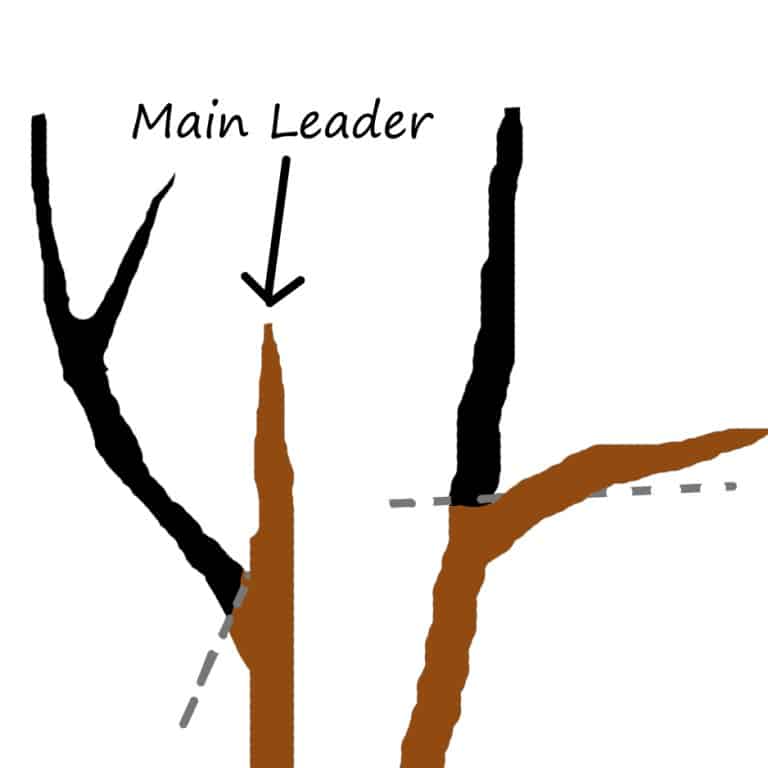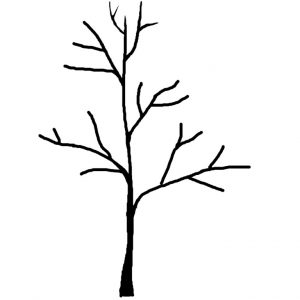Do you have a young tree, just a few years planted in your yard? Maybe you have a medium sized tree that is rubbing against your house and making creepy sounds. If you have either, you probably need to prune. The question is, “Where do I start??”
To begin: First you need to inspect your tree. Start by looking down at the roots. Is there mulch around the trunk of the tree? If so, pull it back so that you can see the top of the first roots. Too much mulch next to the trunk will keep the bark wet and encourage critters such as fungus and bark borers to move in.
Next, move your inspection up the trunk and look for any damage. Damage to the trunk of a young tree is usually caused by deer, insects, or from south west sunscald. Look for stripped bark, ¼” holes, or flakey bark on the south west side. Finally, continue the inspection up to the branches.
When looking at the branches, first make a mental note of any injured or dead branches. These need to be properly cut off so that the tree may heal and close off the wound to possible invaders. Next look at the way the branches attach. In most trees, the goal is to have one main trunk all the way through the tree. We call this the central leader. At the top of the tree, the central leader should be larger than all other competing branches. If there are two or more similar branches at the top, leave the straightest one and remove the rest (See Illustrations below).
This tree obviously has branches that are taller than the central leader.
This image is a close up of the one before. The branch on the left would still be too tall if reduced so I suggest cutting it all the way back to the central leader. The branch on the right has a secondary branch that could develop into a good scaffold branch and therefore was only reduced. It would need watched for the next couple years to be sure.
Next are the scaffold branches. These are the branches that will become the horizontal structure of your tree. First identify the branches that you will want to have at maturity. While your tree is young, ignore branches smaller than ½” in diameter and concentrate on the larger ones. If any of these main branches are angled up more than 45 degrees from horizontal, remove them if it will not affect the overall look of the tree. When the branches are angled that steep, they are weak and easily damaged in wind or ice storms. Also, reduce any branches that are growing into the side of a building by making reduction cuts.
Finally, remove some of the lower limbs to slowly limb up your tree to the height you desire at maturity. This is a multi-year project and should only begin this year. Each year, do not remove more than a third of the tree’s growth as a general rule. It is important to limb up trees that are close to sidewalks, streets, and driveways. However, you may want to leave lover horizontal limbs on trees in your yard, about three feet up, for your kids or grandkids to climb on in the future. Think of pruning as guiding the tree to where it will be someday, just like you guide children little by little to become an adult.
If you would like assistance with pruning your trees, young or old, call Grimm’s Gardens at 785.459.2586







Nice to see a good demonstration of what you learned from K-State!